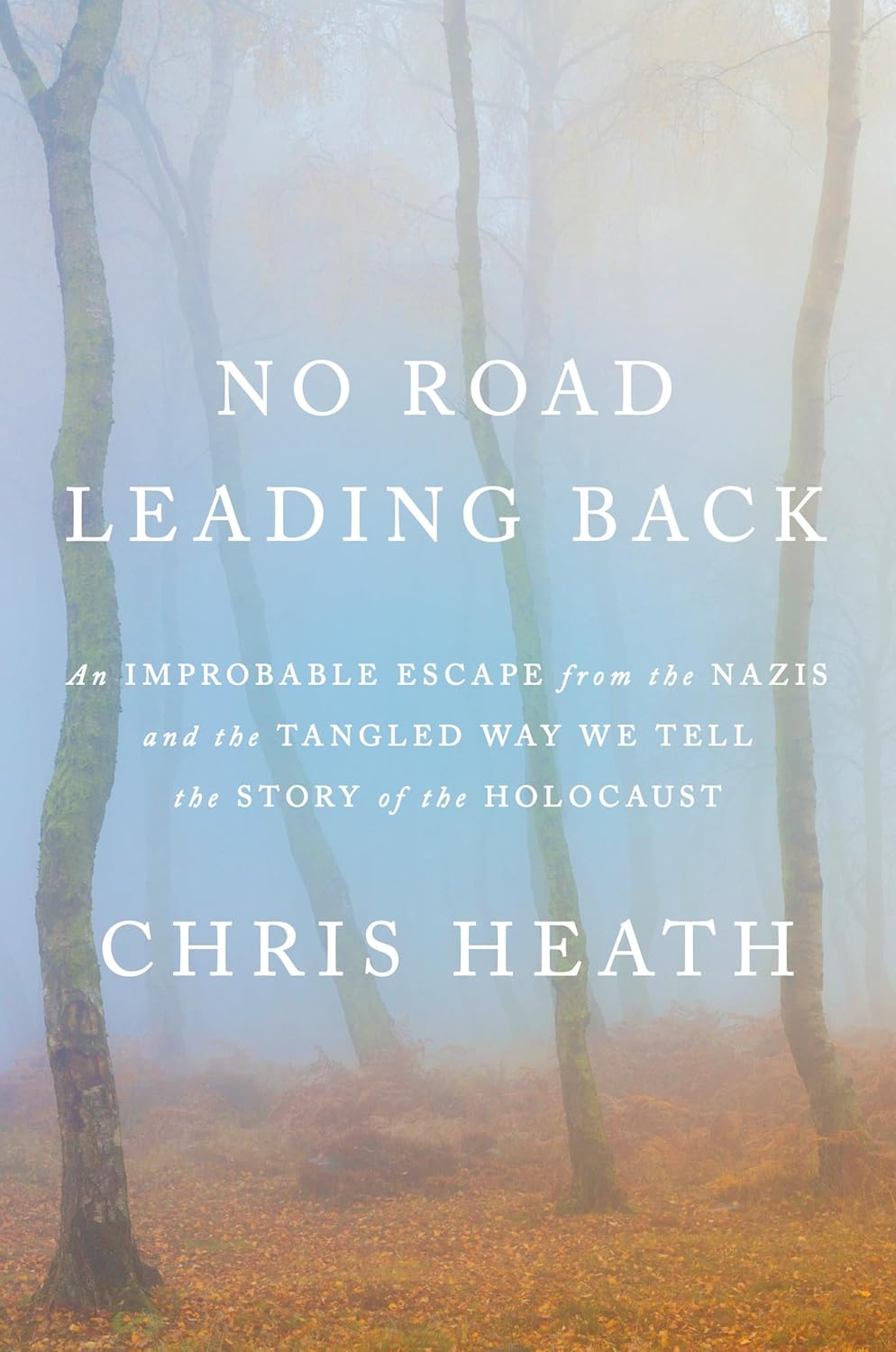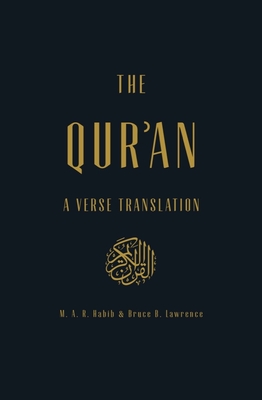No Road Leading Back: An Improbable Escape from the Nazis and the Tangled Way We Tell the Story of the Holocaust
- By Chris Heath
- Schocken
- 640 pp.
- Reviewed by Peggy Kurkowski
- October 16, 2024
This little-known WWII survival tale is as heroic as it is harrowing.

On April 15, 1944, deep inside a Lithuanian forest called Ponar, 12 Jews imprisoned in a deep pit by their Nazi captors escaped to freedom through a hand-dug tunnel. For decades, their story of unimaginable horror — and resilient hope — was overshadowed by other Holocaust narratives that made no room for their unique, and uniquely disturbing, experience. Until now, that is. In No Road Leading Back, journalist Christ Heath exhaustively unearths every aspect of Ponar, the men who escaped death there, and the confounding ways reality and memory shape our understanding of World War II and the Holocaust.
Located near Lithuania’s capital, Vilnius, the tall-treed forest was an early Nazi extermination site where more than 70,000 Jewish people were systematically shot and buried in pits during Germany’s invasion of Eastern Europe in June 1941. As Heath observes, this was the beginning of the genocide, a “Holocaust by bullets” eventually eclipsed by the larger industrial slaughter of Jews in the first gas chambers in 1942.
Ponar “was never a work camp” Heath maintains, but rather a prefabricated topography of pits previously dug by Soviet forces to store fuel tanks. These ready-made holes offered the Nazis “a series of hideous conveniences” as they brought Jewish people to the edge of the pits and shot them, after which, “layer upon layer, the bodies piled up.” But by the end of 1943, Germany’s military fortunes were dimming, and the Nazis sought to cover up evidence of their atrocities at Ponar. To do so, a group of Jewish prisoners was forced to live in a stone-walled pit in Ponar, climbing out each day by way of a lowered ladder to exhume and burn the bodies of tens of thousands of their compatriots.
Heath doesn’t shy away from the gruesome nature of the work, and he relies on the firsthand testimony of the prisoners to describe what they saw and what they did. Make no mistake: This is tough reading, but it’s necessary to Heath’s goal of revealing everything that happened there. Using every scrap of documentary evidence and interviews with extended family, he paints a canvas of Hell itself. At the same time, he weaves in touching portraits of the Ponar prisoners, the real-life men who made up this “burning brigade” — Abraham Blazer, Shlomo Gol, Motke Zeidel, and Yitzhak Dogin, to name just a few who feature prominently in the narrative.
Realizing they were eyewitnesses to the Nazi genocide, the prisoners knew that once their work was finished, so were they. Heath details the ingenious nature of the escape plan to dig a tunnel concealed by a dip within the pit and enshrouded by a triangle of three pine trees. Weakened by hunger, cold, and the psychological horror of handling decomposing human remains, the prisoners began a desperate race against the clock in February 1944, digging with spoons and their bare hands a short tunnel that would take them just beyond the first ring of barbed wire surrounding the pit.
By April 15th, they’d reached the surface and were ready for escape, but “in breaking free from their shared ordeal, their individual stories began to untether from each other,” Heath writes. He does yeoman’s work assimilating the differing accounts to piece together a factual rendering of the escape. While close to 80 men were in the pit, not everyone attempted to escape via the tunnel. And only a dozen ultimately made it out of the forest, running for their lives as sentries were alerted and “gunfire rained around them.”
Heath crisply chronicles the war years and the escape in part I of the book, employing parts II and III to recount the powerful postwar stories of those who escaped. It’s in these latter sections that he also excavates the delicate nature of storytelling, acknowledging how the “many different parts of the Ponar story have emerged and receded” over time. From the first documented writings about Ponar — the authors of which assumed the tale would soon be amplified and spread — Heath relates the puzzling reality that instead confronted the survivors, of “how great a distance could be between speaking out and being heard.”
Heath reflects on the reasons the Ponar story was forgotten or set aside, proposing factors that implicate time, place, and geopolitical realities of the war and postwar years. His final supposition is as “mundane as it is chilling…within the Holocaust’s overcrowded horror chamber, there may simply be too many remarkable narratives for them all to be well known.” In this, he says, some are “bound to be passed over in silence.”
But here, at least, Heath dives into every documented reckoning of the Ponar story and the escape tunnel, including one mentioned in 1985’s highly regarded, nine-plus-hour documentary, “Shoah.” In it, Ponar’s Zeidel and Dogin feature prominently, yet the unorthodox narrative approach of French filmmaker Claude Lanzmann only confused the Ponar story further, Heath argues.
As he follows his subjects into their new lives, whether in America, Israel, or Lithuania, Heath brings back the theme of commemoration and how people remember. Indeed, whether they even want to remember. But with the discovery of the long-forgotten escape tunnel by archaeologists in June 2016, the Ponar story received a “second wave of attention,” especially with the subsequent NOVA documentary that premiered in the United States in April 2017.
No Road Leading Back is an unparalleled work of journalistic research with profound importance for the field of Holocaust studies, but even more so, it is a moving story of human endurance, perseverance, and hope — even when all hope seems lost.
Peggy Kurkowski is a professional copywriter for a higher-education IT nonprofit association by day and major history nerd and book reviewer at night. She writes for multiple book review publications, including Publishers Weekly, Library Journal, Historical Novels Review, BookBrowse Review, Shelf Awareness, Foreword, Independent Book Review, and the Washington Independent Review of Books. She hosts her own YouTube channel, “The History Shelf,” where she features and reviews history books (new and old), as well as a variety of fiction. She lives in Colorado with her partner (quite possibly the funniest Irish woman alive) and four adorable, ridiculous dogs.
